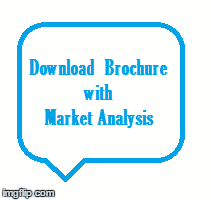
Melaz Tayakout Fayolle
University of Lyon, France
Title: Description of the molecules of heavy oil cuts and their thermodynamic properties to improve physical and chemical kinetic modelling
Biography
Biography: Melaz Tayakout Fayolle
Abstract
The lightest crude oil stockpiles are declining and current increasing demand for light products requires heavier crude oil components to be upgraded. New continuous processes are being developed for this upgradation into higher-value light products (such as gasoline and diesel) which occurs in a refi nery conversion units. Th e new processes are based on deep hydroconversion/hydrocracking of these heavy cuts to effi ciently obtain high conversion with minimum waste and high selectivity. Gas, liquid and solid phases are present and very high operating temperatures and pressures are needed. Hydroconversion processes are based on thermal and catalytic reactions while hydrocracking only includes catalytic reactions. Hydroconversion generates sediment which can precipitate out and cause plugging. Heavy oil cuts contain thousands of molecules with very high boiling points and a wide range of aromaticities. However, analysis techniques are very limited and are still developing.

The most commonly used method is Simulated Distillation “SimDis” whilst Two-Dimensional Chromatography “GCxGC” is becoming more established. Due to lack of knowledge about these cuts and the experimental difficulty in gaining measured data, the models which have been developed for the physical and chemical kinetics are too crude to predict conversion selectivity and sediment formation. More precise and predictive models require better knowledge of the molecules present and the system thermodynamic properties (density, molar masses and molar volume). The analytical results and thermodynamics show that an improved description of these cuts can be made by using a carbon number or boiling point distribution approach. A combination of analysis techniques, the thermodynamic approach and extrapolation methods allows a better description of these heavy cuts and to create more predictive models. Knowledge of these heavier crude oil components and their thermodynamic properties becomes the key to optimizing their up-gradation.

